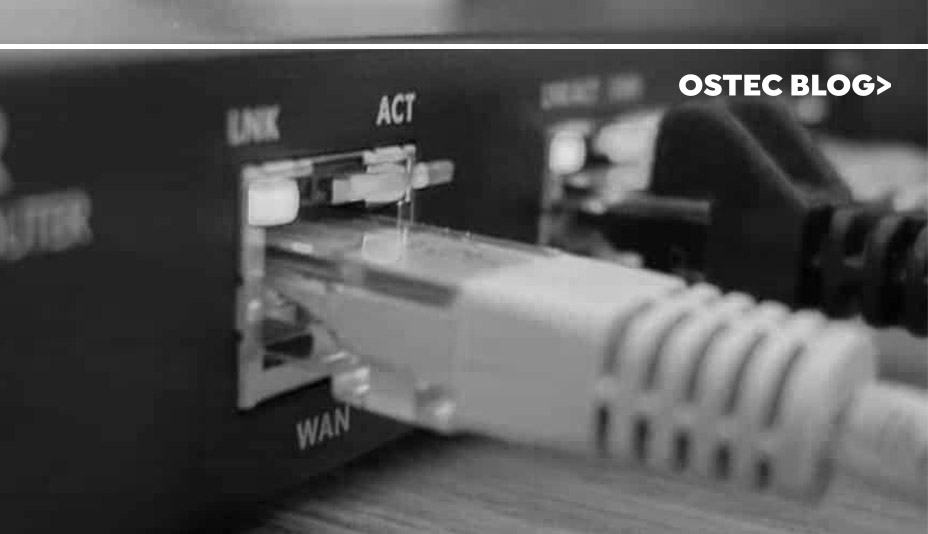This post is also available in: Português English Español
Most organizations treat information as the most valuable asset to their business, justifying increasingly aggressive investments in technologies to ensure their security and availability. The challenges in this regard are innumerable, involving a wide range of logical factors, and physical resources, so that satisfactory levels of information availability in organizations are reached.
To confirm the above, it is worth rescuing the three basic pillars of Information Security (SI), which are confidentiality, integrity and availability of information. In this post, we will describe essential points related to the maintenance of availability, as a fundamental item of the security strategy, in a corporate environment.
High availability and redundancy.
The concept of high availability is associated with the uninterrupted operation of technological assets used in the organization’s daily operations. In corporate environment, the term used is high availability (HA). Most of the companies do not apply high availability concepts in their day-to-day; however, the informatization of the processes makes HA become a reality in an increasing number of companies, including smaller ones. On the other hand, organizations dealing with critical business processes should treat high availability as a critical success factor, seeking to maintain and monitor it frequently.
The concept of redundancy is synergistic with high availability and refers to the ability to bypass failures by applying redundant assets in the company’s structure. The redundant assets have the function of assuming the function of the primary assets, in case of unavailability. A technology ecosystem has several assets, such as routers, switches, firewalls, servers, among others, and these should be evaluated when implementing a redundant structure.
Difficulties of implementation
Highly available environments require substantial investment for their structuring. Undoubtedly, having an environment with high availability and redundancy concepts requires not only well-organized internal processes but also investments to duplicate much of the organization’s physical/logical structure, including firewalls, internet circuits, switches, servers, arrays, among others. While requiring high investments, HA is essential for certain types of business.
Many companies enable investments in HA environments based on the economy generated by the possible unavailability of services offered to internal employees and customers. The costs involved in the unavailability of the operation go from the inside out, including idle employees, customers without access to services, loss of credibility and legal proceedings. Therefore, it is important for managers to verify how much downtime, during which period the company’s operation will be unavailable, the company can support and analyze in detail the cost generated by the unavailability vs. the investments to deploy a HA environment. It will bring visibility to evaluate investments in structures, appropriately available, according to the reality of each business.
The importance of information availability
Nowadays, companies are increasingly dependent on information, creating a high dependence on the technological assets that underpin their operation. Any failure or unavailability of these components can cause incalculable damage to the business. Therefore, it is important that managers devise strategies to minimize the impact caused by technological failures, creating adequate environments for the reality of their company, reducing to the maximum the impacts generated by the unavailability of services critical to the business.
Do you know how much downtime does your company tolerate? How is your IT high availability strategy? Tell us your opinion, questions and experiences in the comments!
This post is also available in: Português English Español









